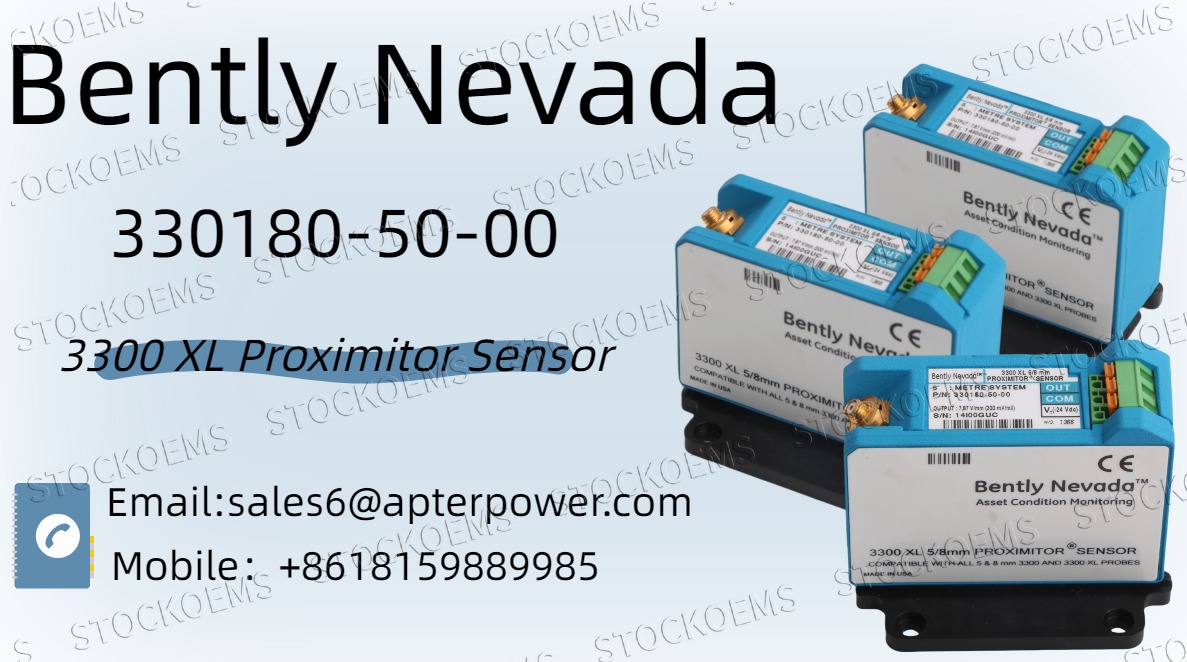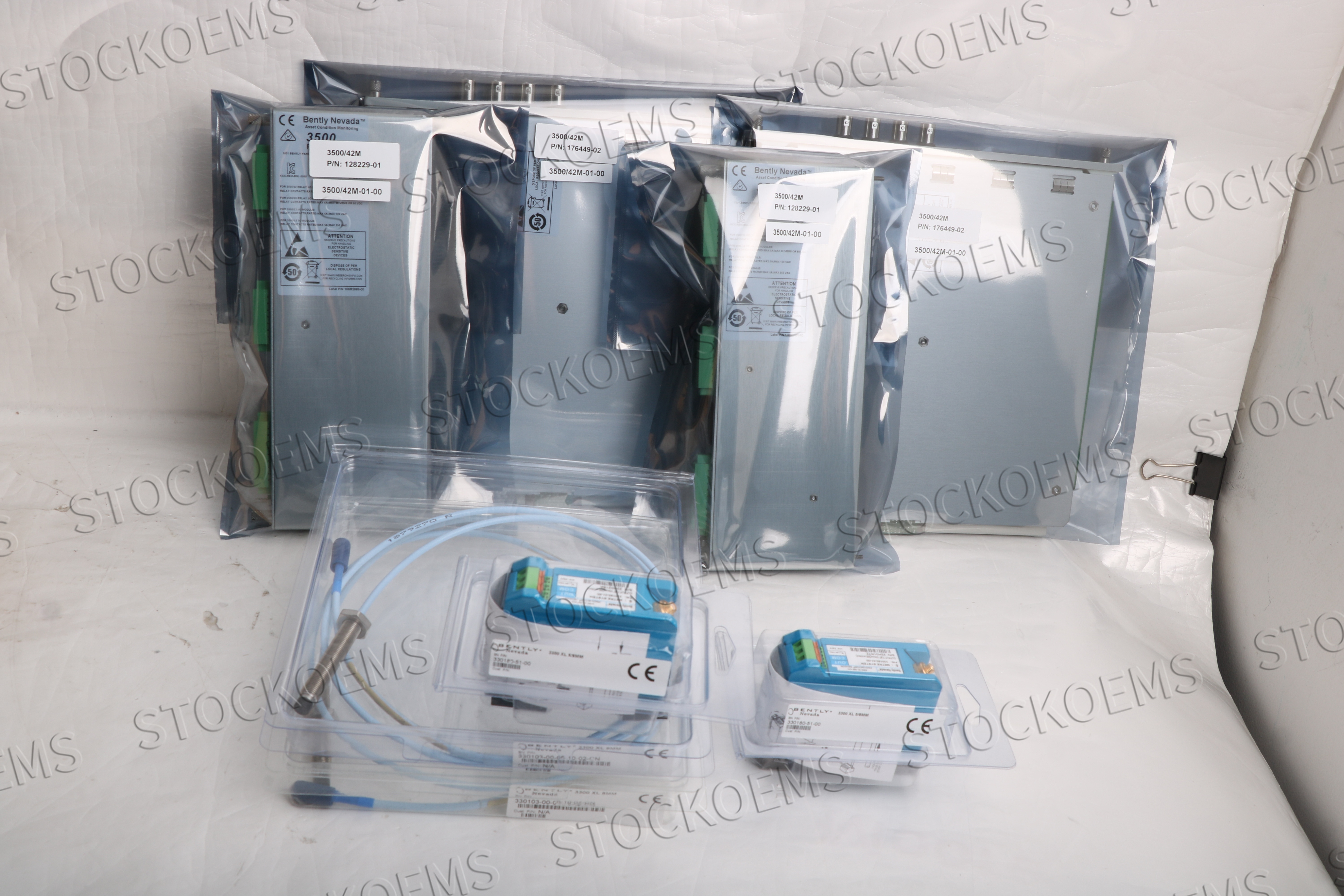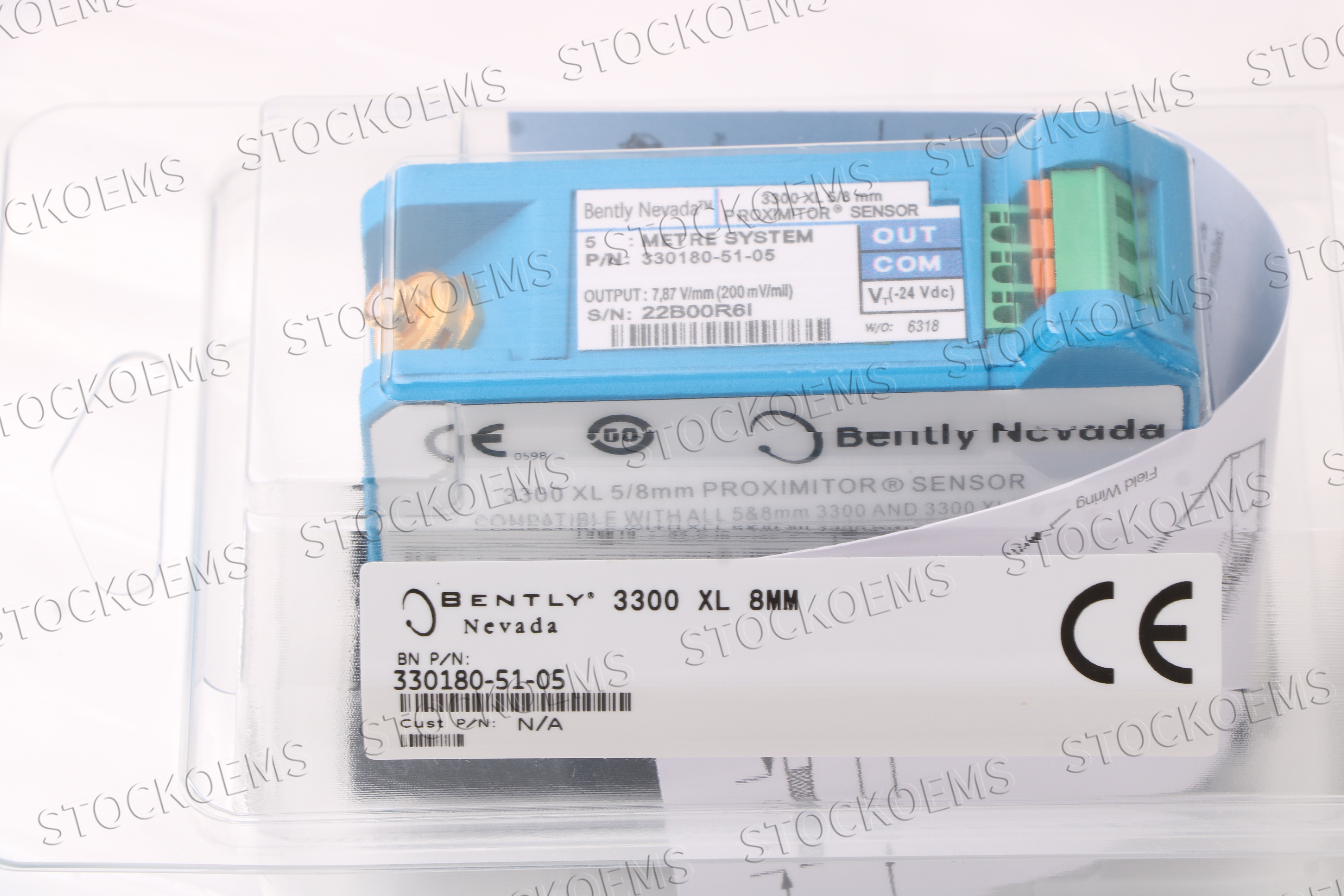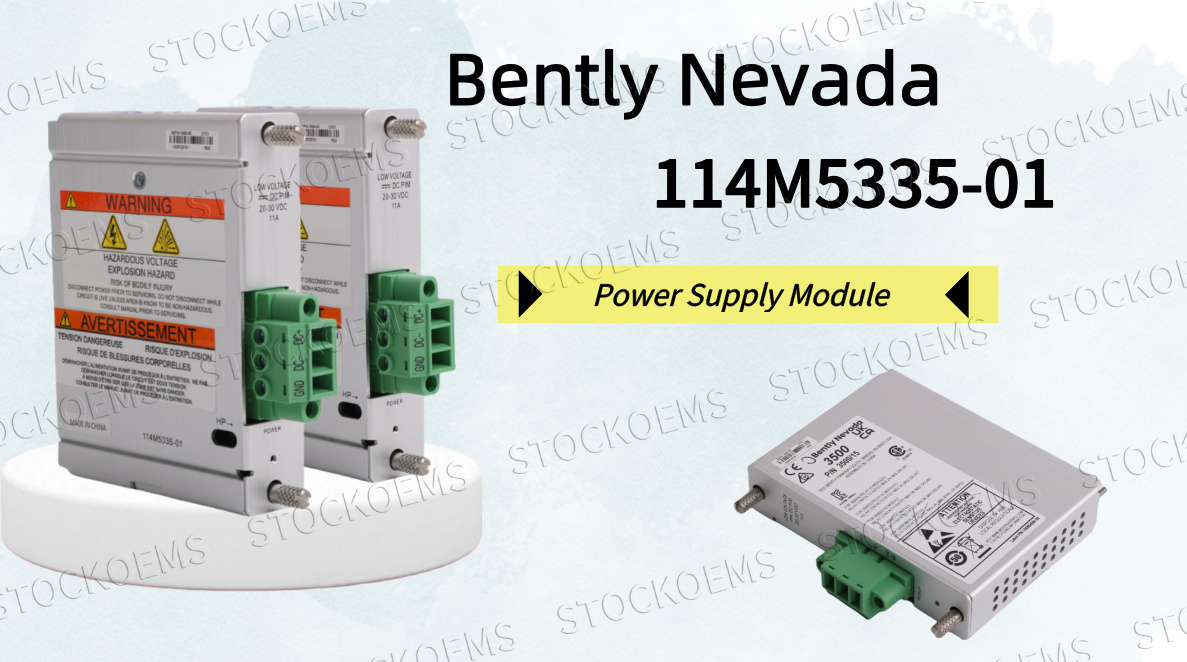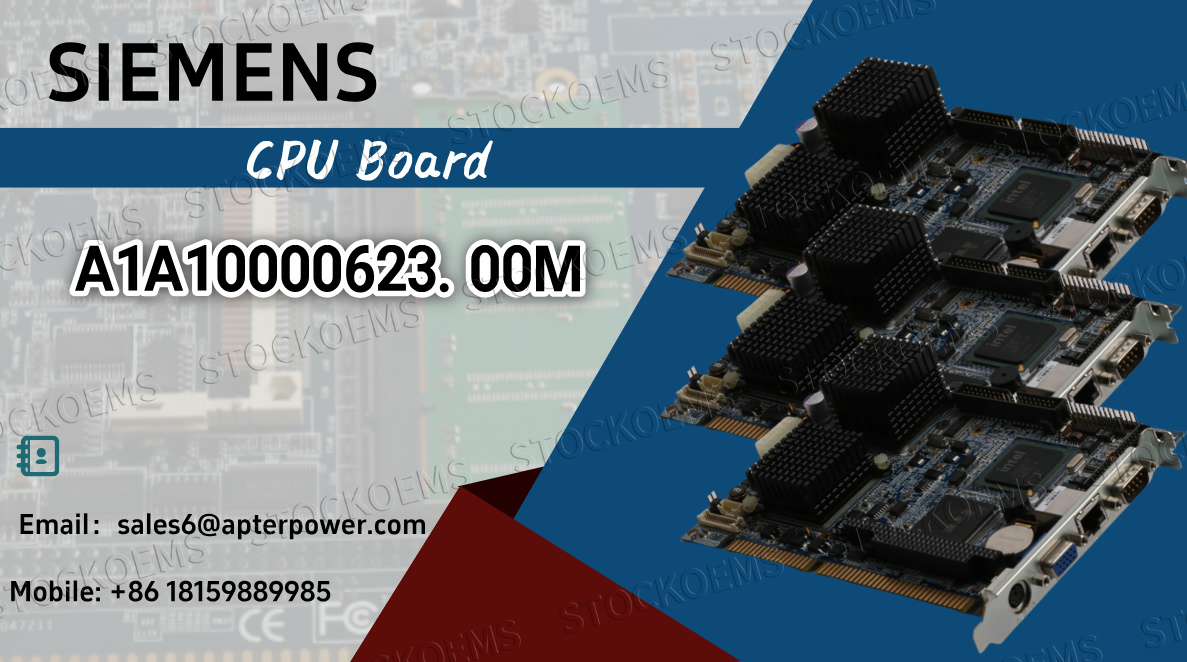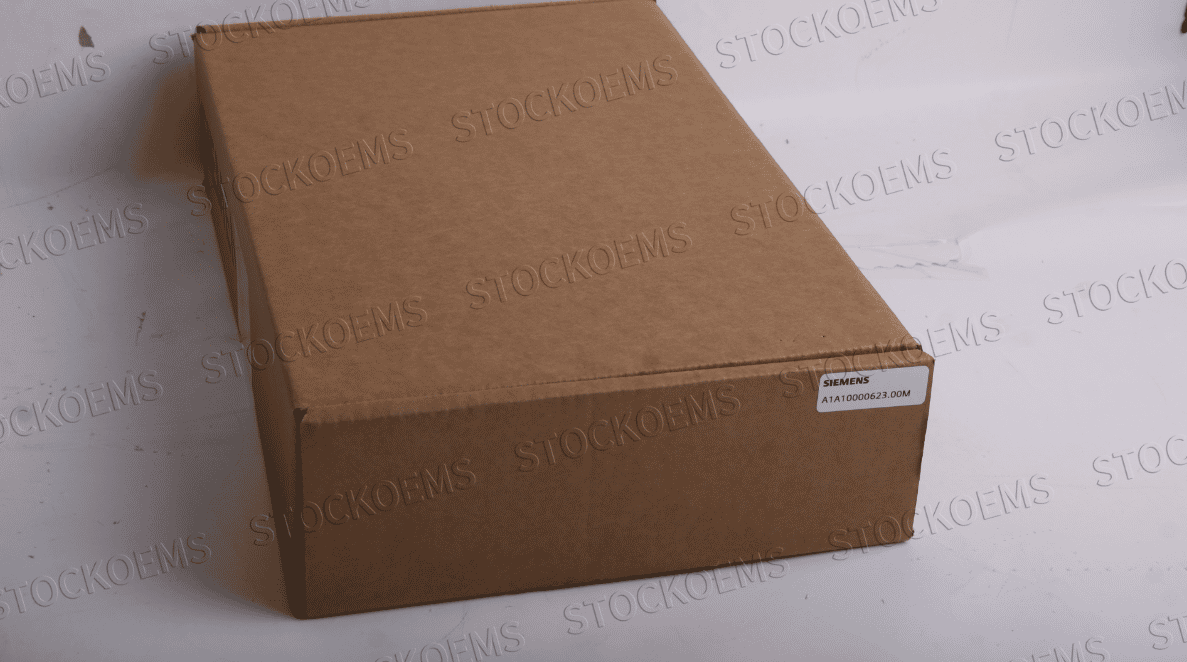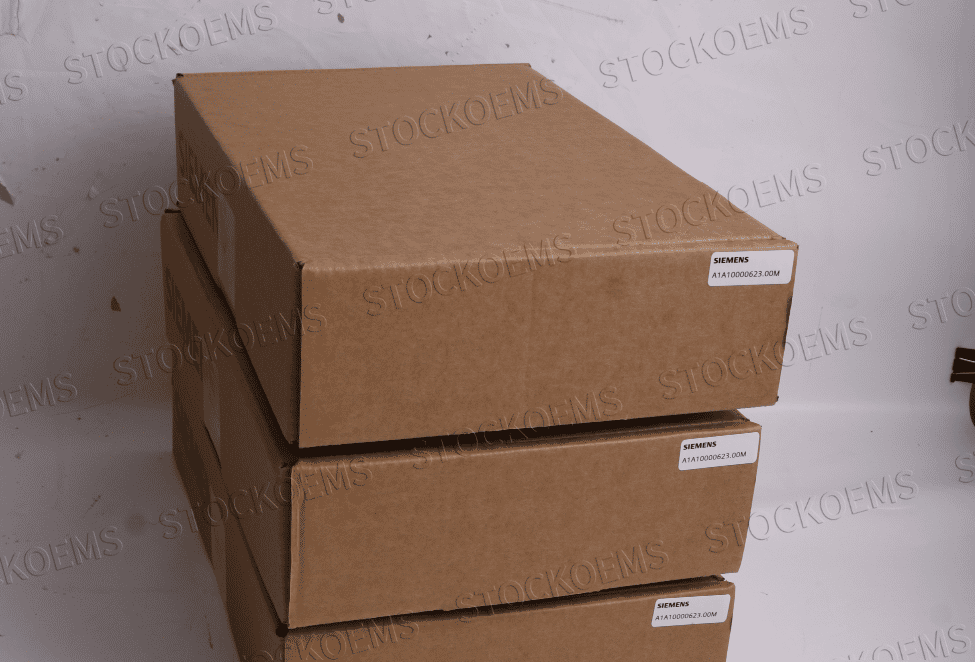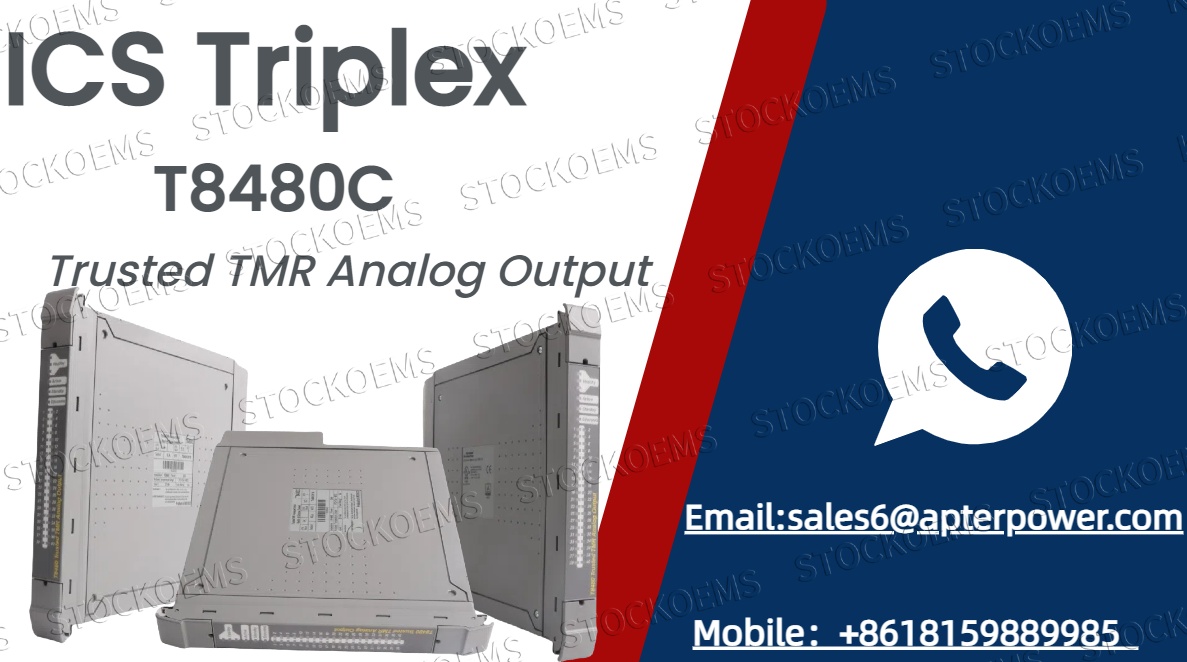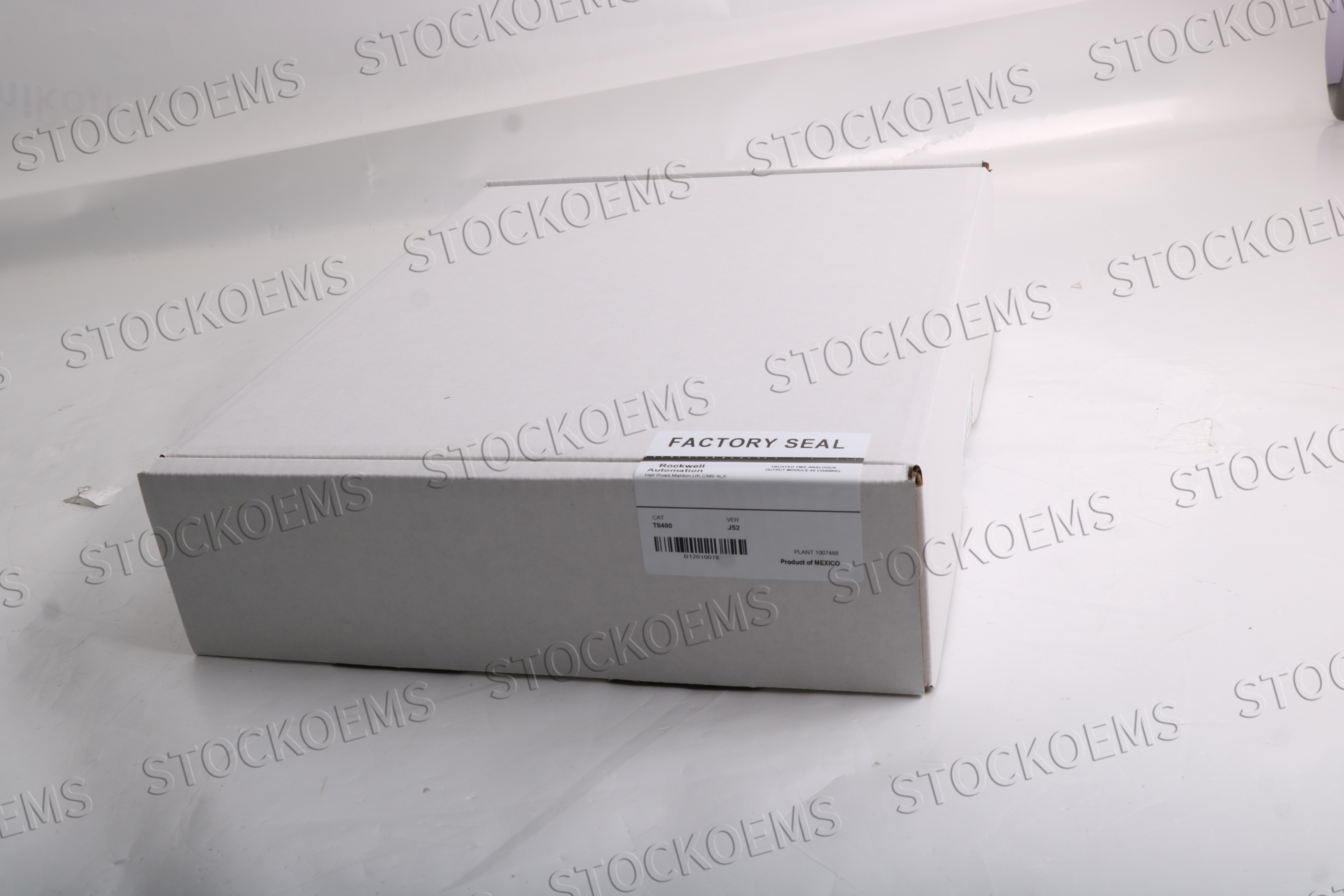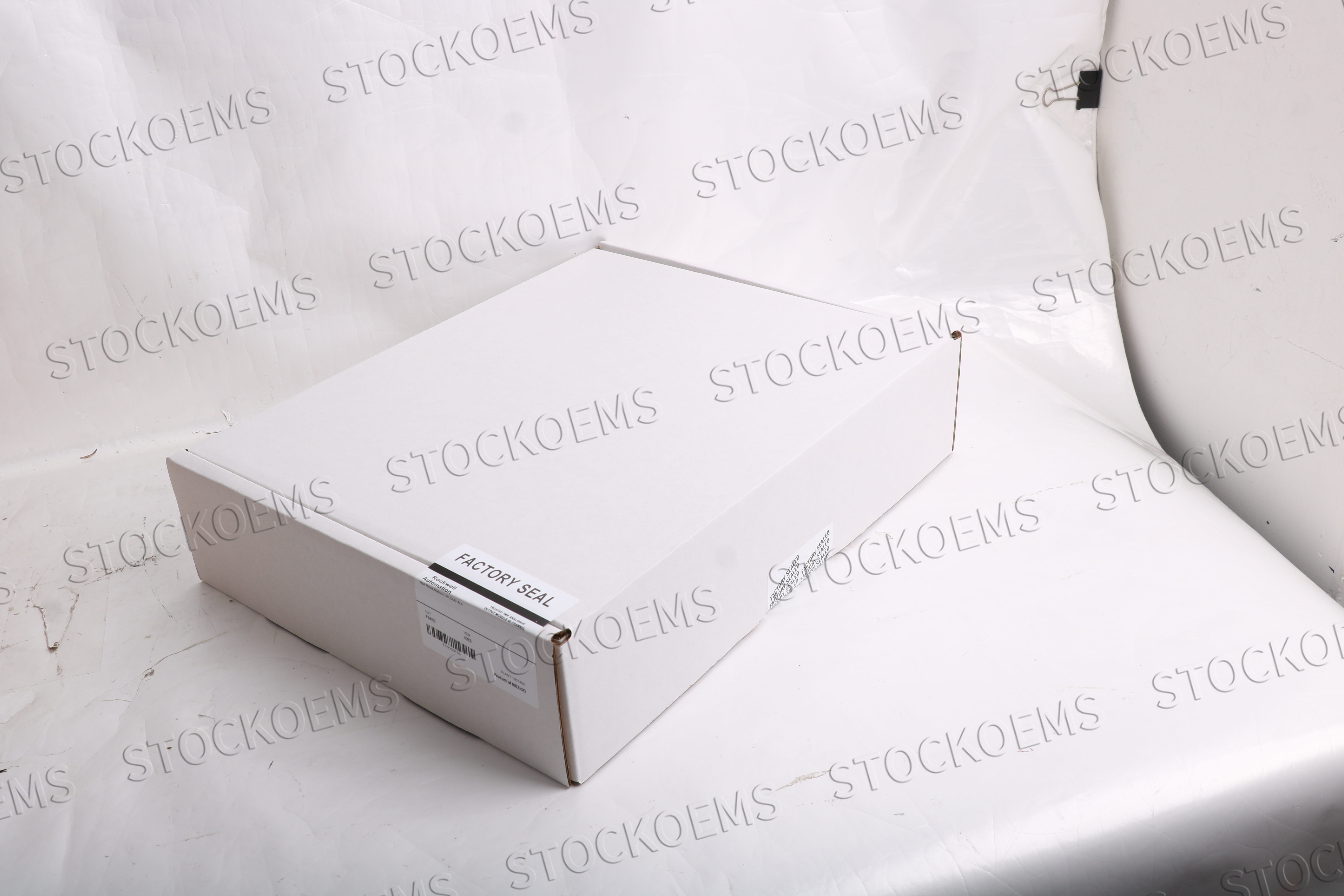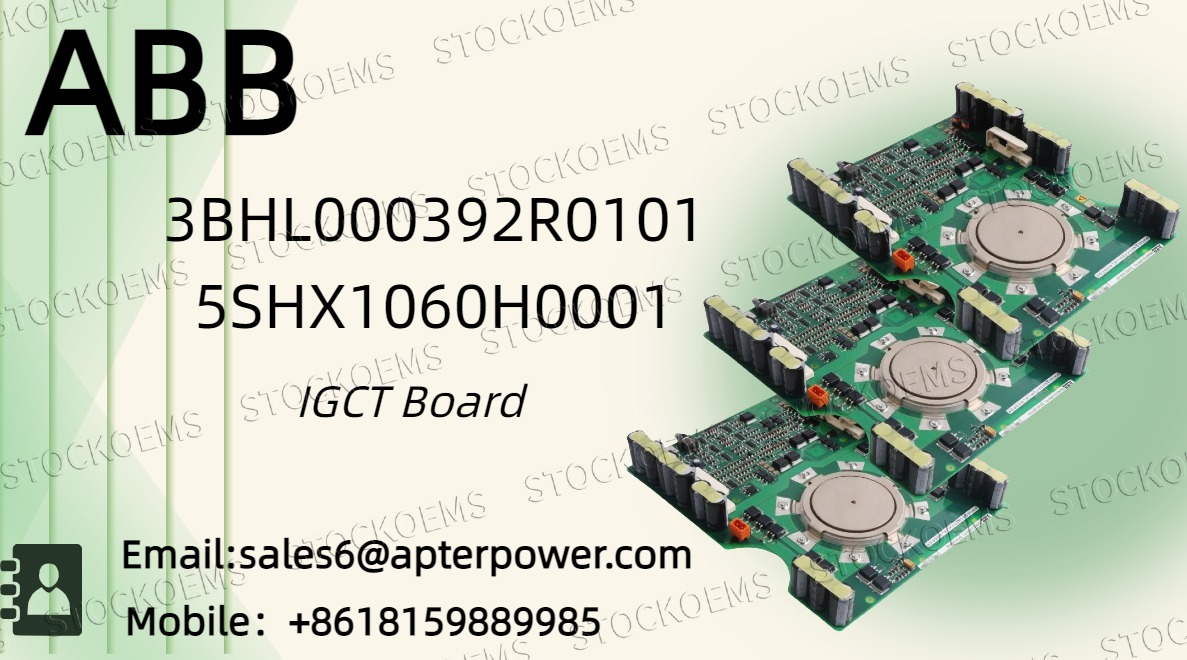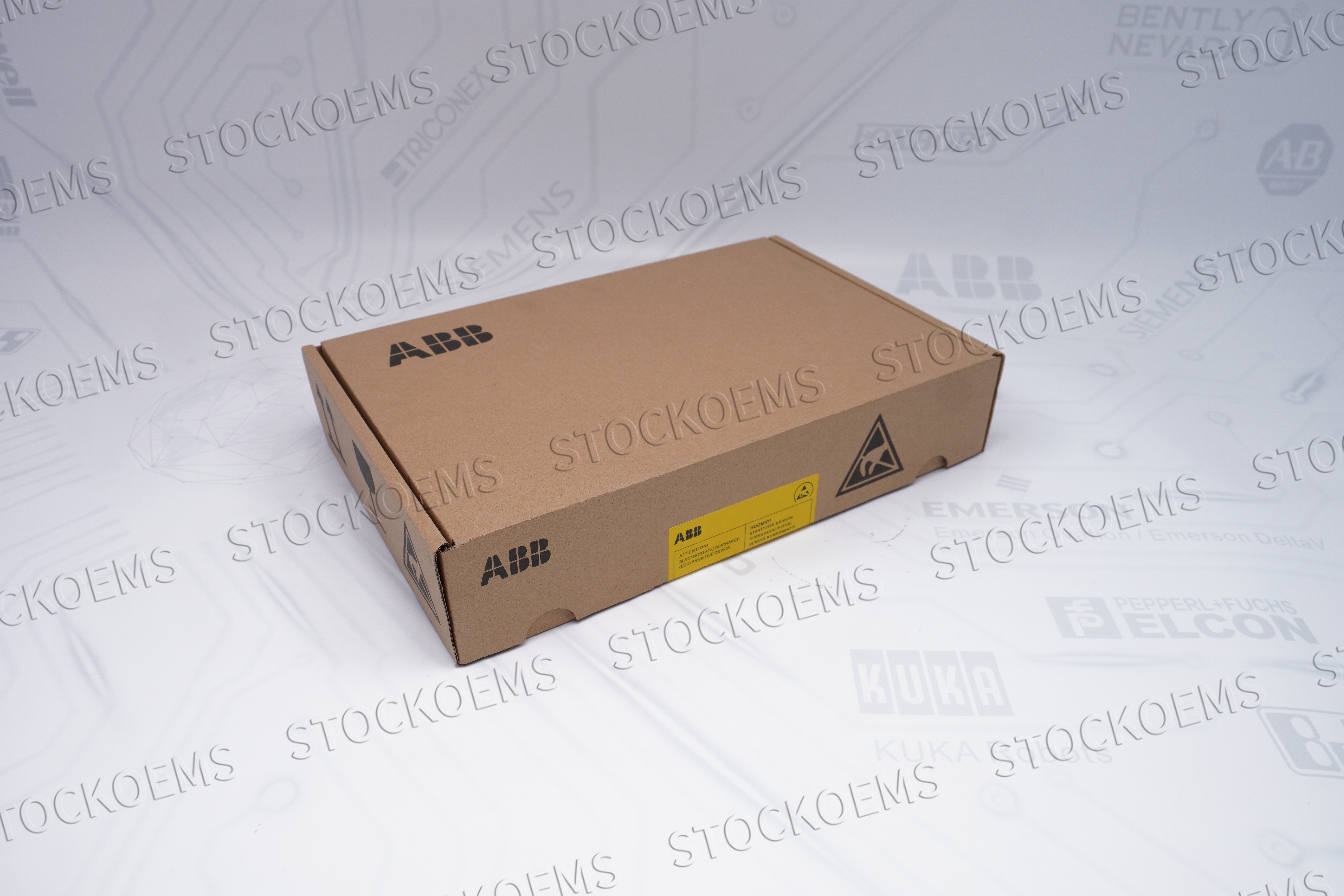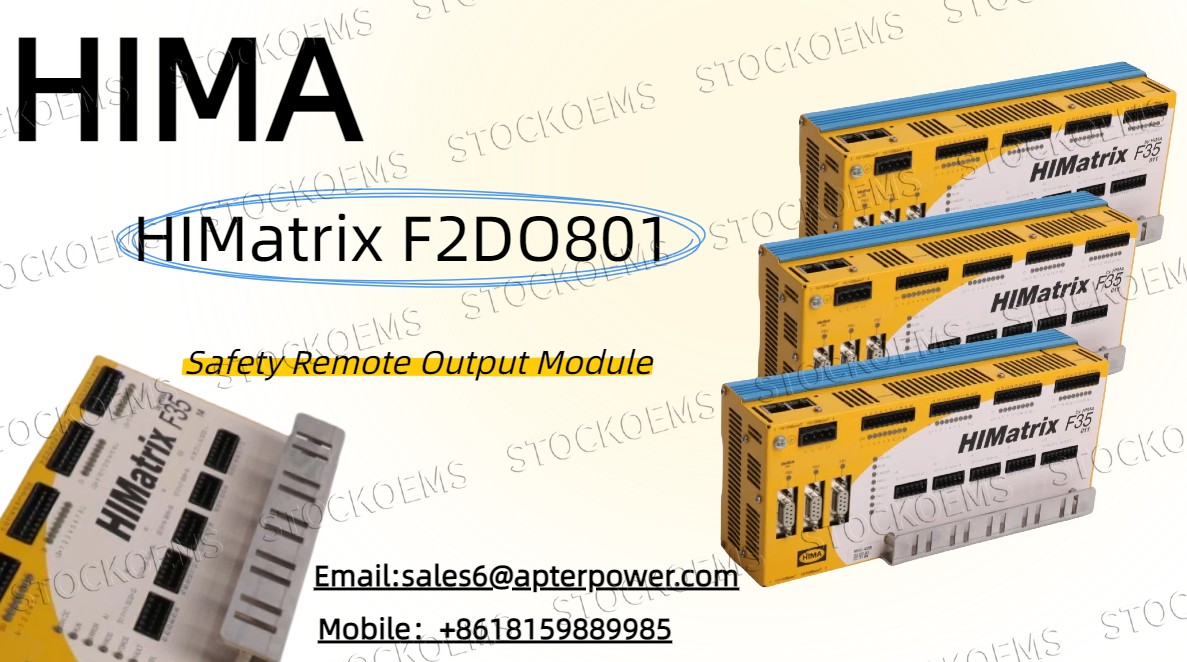
Understanding the HIMA HIMatrix F2DO801 Safety Controller
As a safety guardian in the field of industrial automation, HIMA HIMatrix F2 DO 8 01 Safety Remote Output Module represents the highest level of current safety control technology. This safety controller carefully built by HIMA, a global leader in functional safety, belongs to the prestigious HIMatrix product family and enjoys a high reputation in the industry for its excellent reliability and unique fault safety mechanism. The device is deeply optimized for high-risk industrial scenarios such as oil and gas extraction, chemical production, electric power and rail transportation, and demonstrates extraordinary protection capabilities in these fields with almost demanding safety requirements. Its core technical advantage lies in effectively blocking the deterioration chain of potential dangerous conditions through millisecond-level real-time monitoring and precise control. What is more noteworthy is that the controller adopts an innovative modular architecture design and cooperates with ultra-high-speed computing chips, which not only easily meets the safety certification requirements of SIL3/SIL4 levels, but also sets a new performance benchmark for modern industrial safety systems.
Why Is the HIMA HIMatrix F2DO801 a Game-Changer
The key to the uniqueness of this safety controller among many similar products lies in its revolutionary safety concept and breakthrough technological innovation. Compared with traditional PLC systems, HIMatrix F2DO801 HIMA Safety Remote Output Module strictly follows international top safety standards such as IEC 61508 at the beginning of its design and builds multiple protection mechanisms. The most groundbreaking is its intelligent diagnosis system, which can scan the equipment status 24 hours a day like a "safety guard" and give timely warnings at the budding stage of failures. Even more commendable is its original dual redundant architecture. When the main control unit is abnormal, the backup system can complete the senseless switching within microseconds to ensure zero interruption of the production process. The product is also equipped with an intuitive visual programming interface, which greatly reduces the operation threshold for engineers. Actual application data shows that enterprises that adopt this system have not only significantly improved their safety production level, but also gained unexpected surprises in compliance audits and equipment life cycle management. In the context of increasingly stringent requirements for functional safety in the era of Industry 4.0, it is rapidly growing into a "stabilizing force" to ensure the safety of critical infrastructure.
How Can Industries Implement the HIMA HIMatrix F2DO801
To transform the performance advantages of this safety controller into actual benefits, a systematic implementation strategy is required. First of all, enterprises need to form a professional assessment team to tailor a safety upgrade plan based on the results of the HAZOP analysis. During the deployment phase, engineers can flexibly choose different architecture modes such as independent operation or distributed networking according to the actual situation on site. During the configuration process, the dedicated engineering platform provided by the original manufacturer must be used to set parameters to ensure that each safety interlock logic is accurate and correct. After being put into operation, regular functional safety audits and preventive maintenance are also indispensable. This is not only a necessary condition for maintaining compliance with IEC standards, but also the key to continuously optimizing system performance. It is particularly important to remind that the operation and maintenance team must undergo complete skills training, including advanced courses such as abnormal situation handling. Judging from the operation reports of the first batch of demonstration projects, users generally reported that they have achieved a qualitative leap in key indicators such as the number of safe shutdowns and the mean time between failures. The return on this safety investment far exceeded expectations.
How Will HIMA HIMatrix F2DO801 Redefine the Future of Industrial Safety Standards
The birth of F2DO801 Safety-Related Controller Module HIMA marks a new era in industrial safety control technology. It is not just an ordinary safety device, but also represents the development direction of the future industrial safety protection system. Its innovative design concept, military-grade reliability and intelligent management methods are redefining industry safety standards. With the in-depth promotion of the "Industrial Internet +" strategy and the continuous upgrading of safety production regulations, F2DO801 will surely show its prowess in a wider range of industrial fields. The question facing corporate decision makers is no longer whether to adopt it, but how to seize the window of technology upgrade. For those pioneering companies that aim to build intrinsically safe factories, immediately launching the F2DO801 introduction plan is undoubtedly a strategic choice to seize the commanding heights of future development. History will prove that today's advanced investment in safety technology will surely bring rich returns for sustainable development tomorrow.
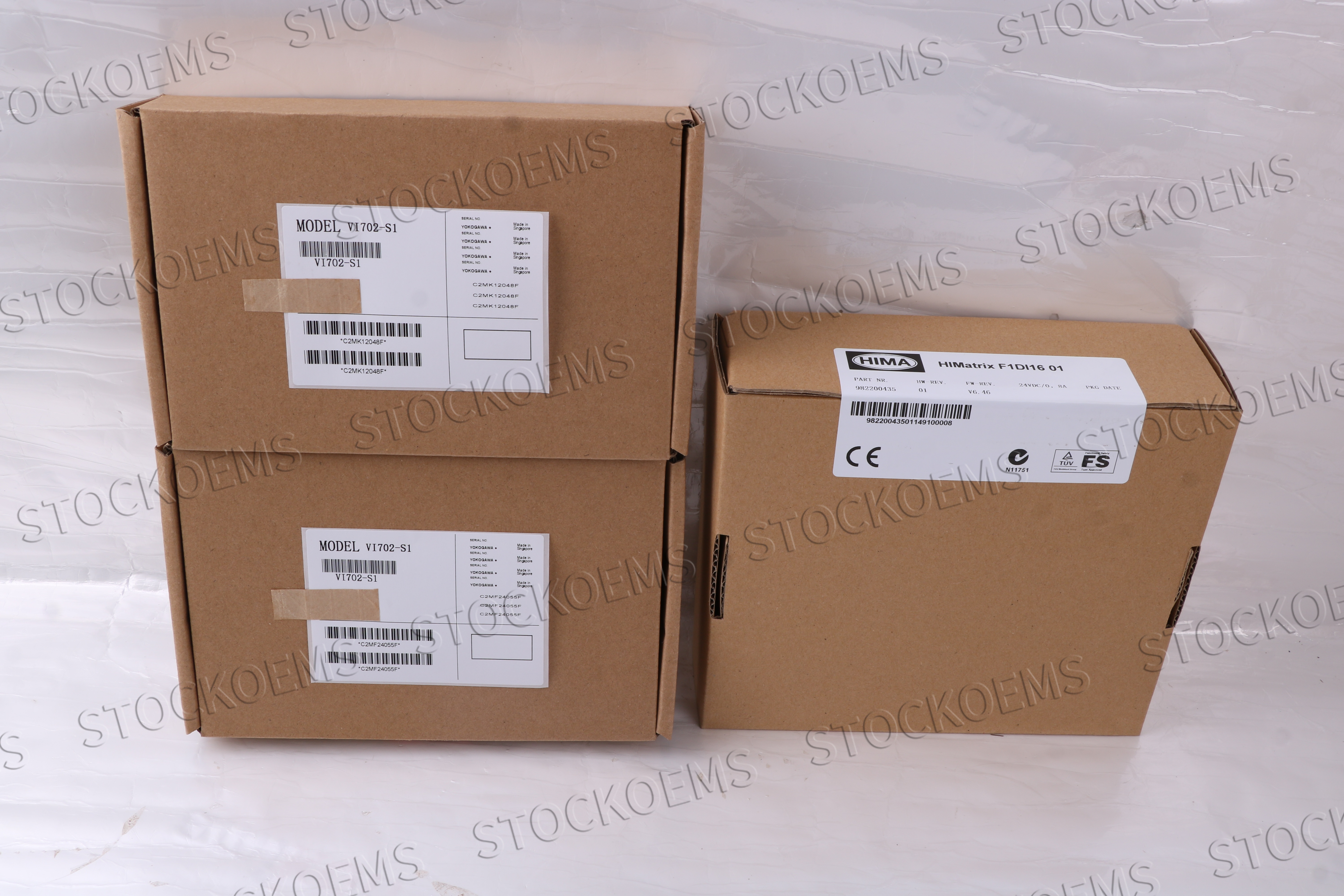
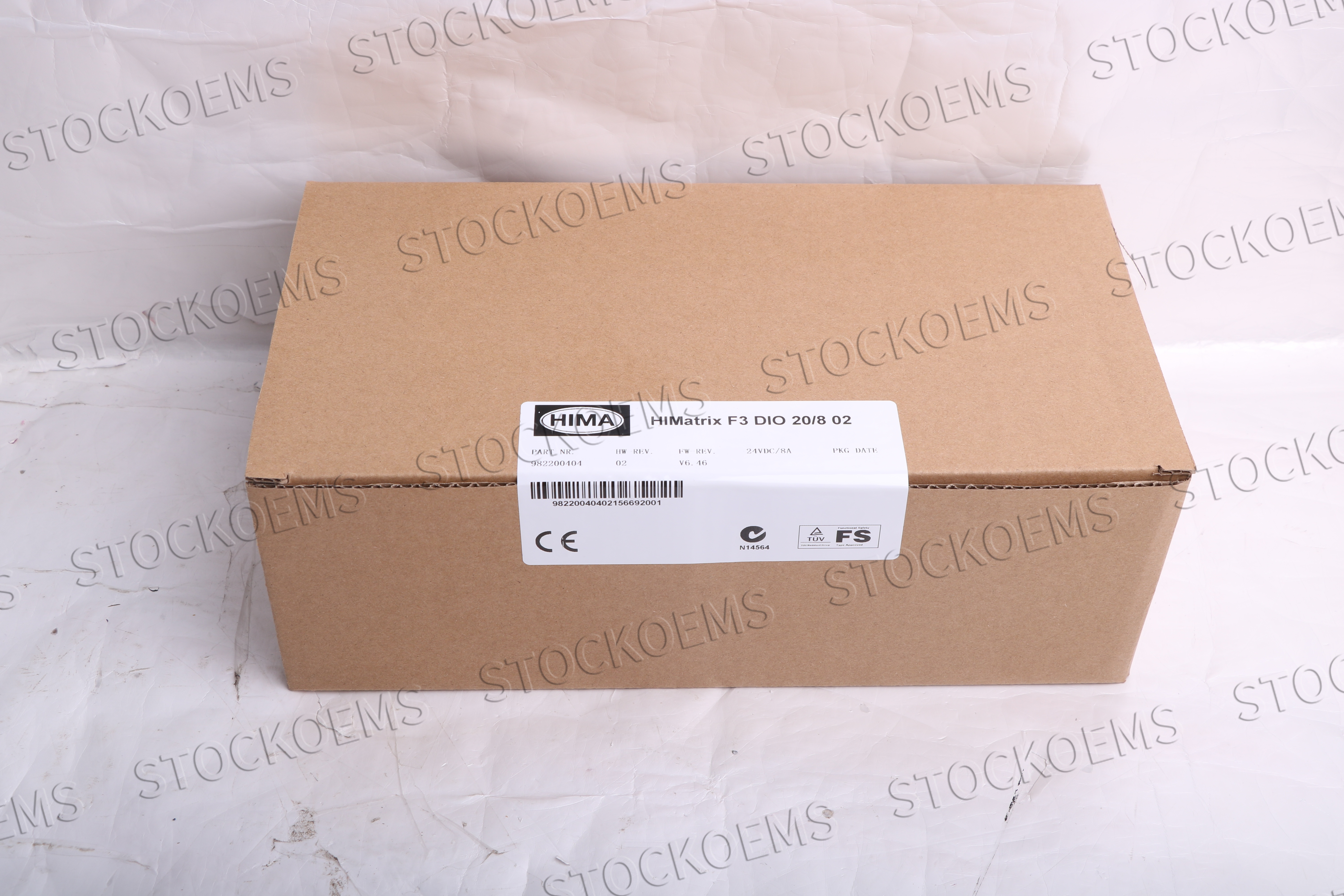
If you want to know details,please contact me without hesitate.
